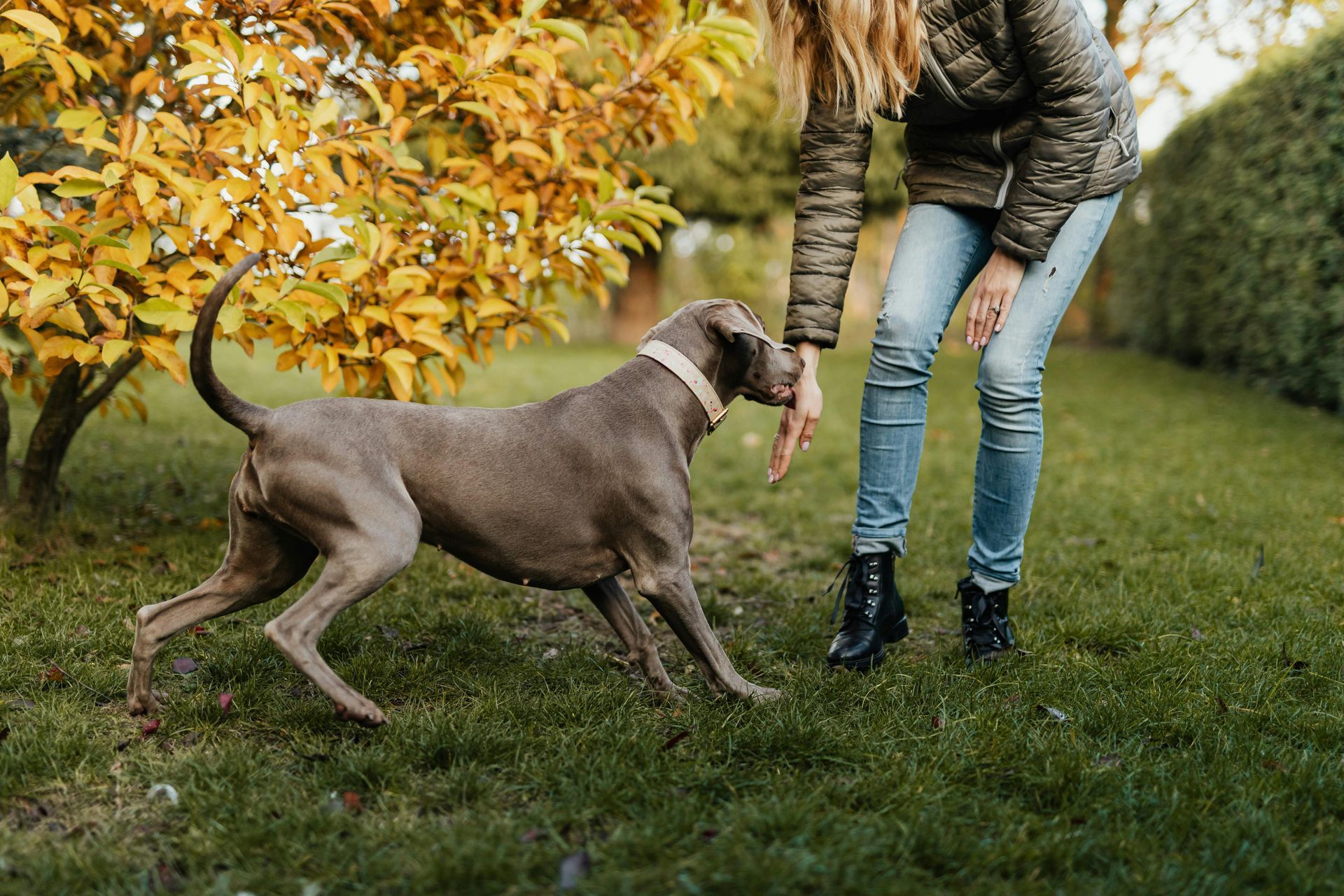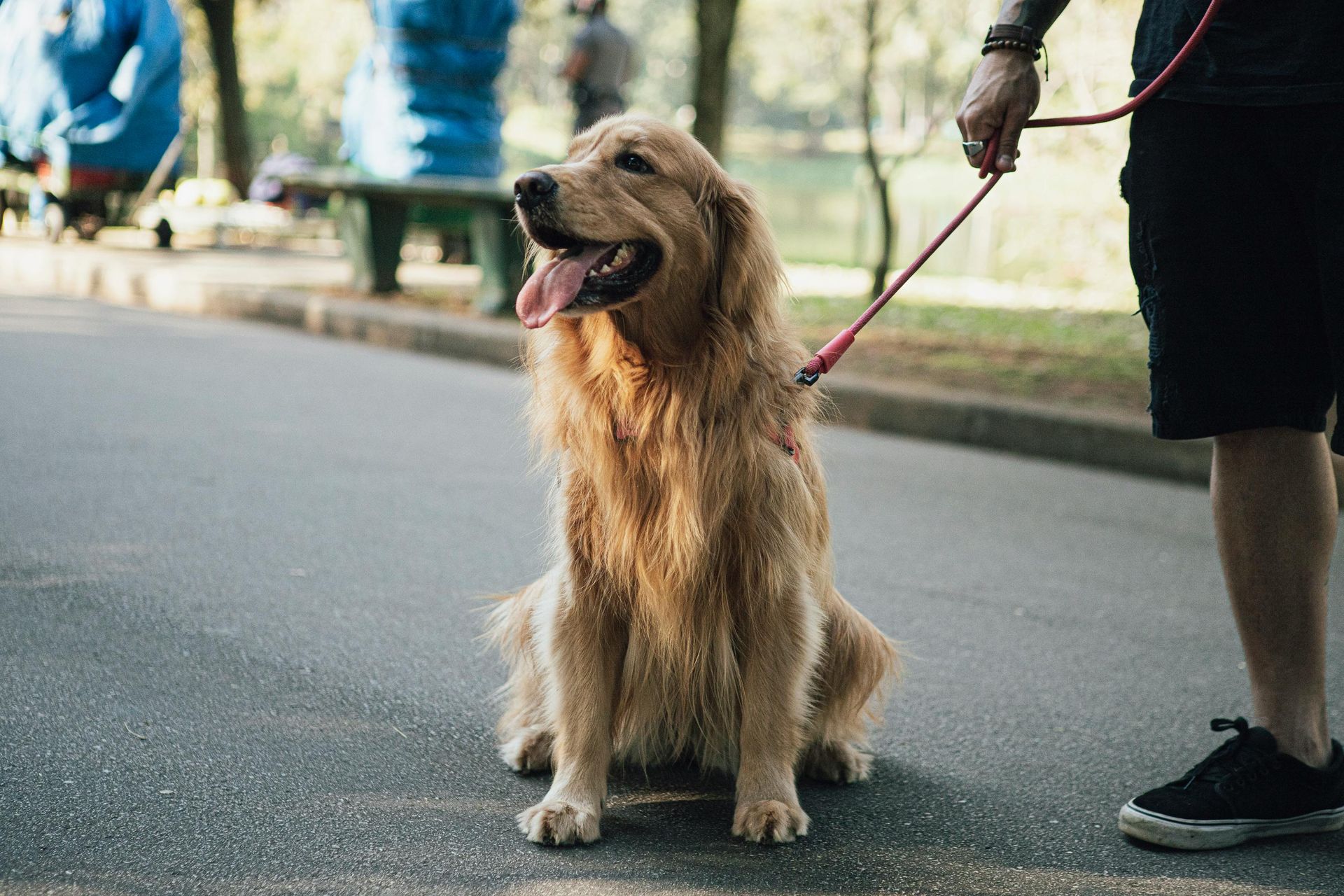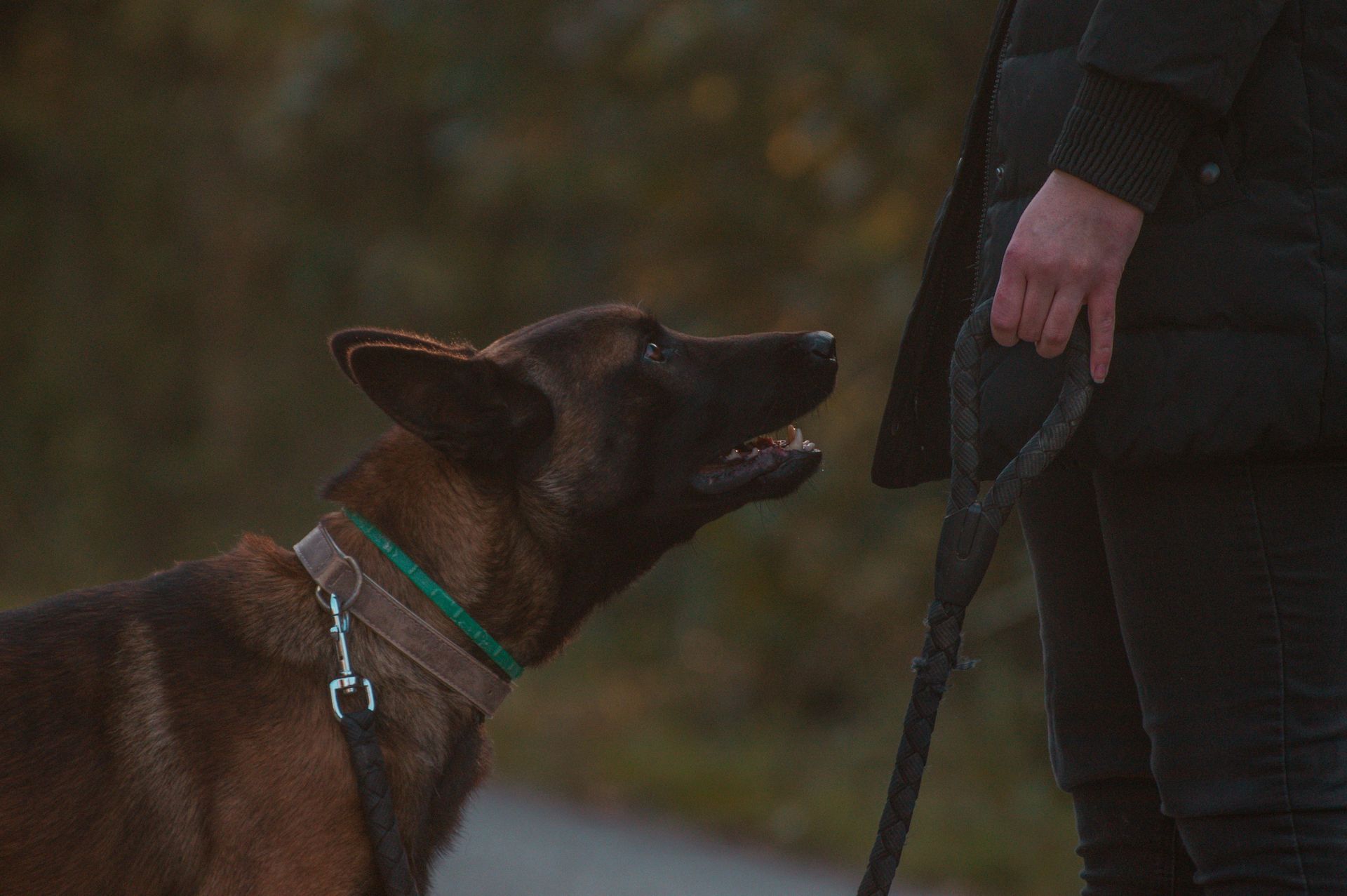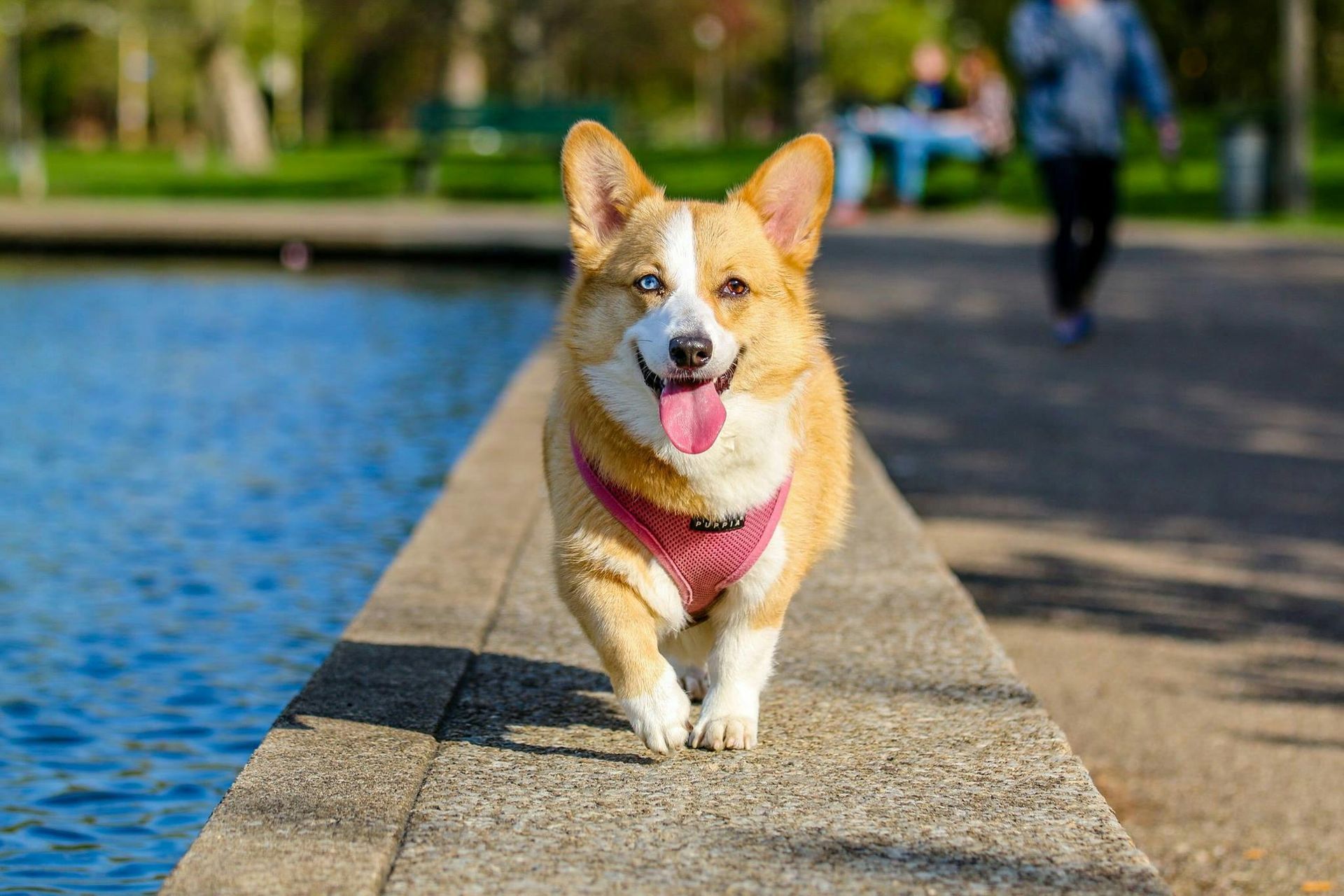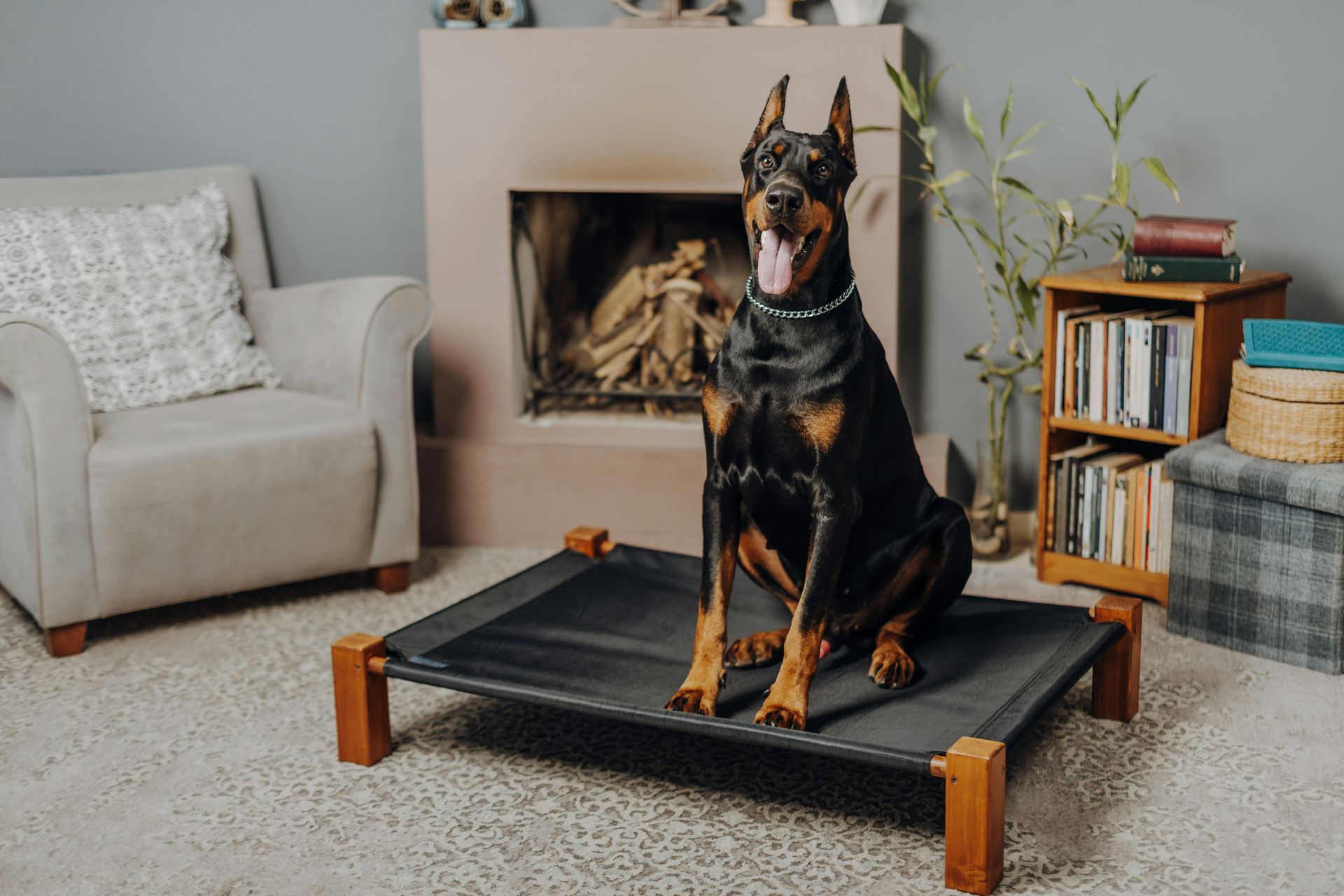How to Stop Unwanted Behaviors in Your Dog
Addressing Common Issues with Effective Training
Dogs bring joy, companionship, and unconditional love into our lives, but they can also develop behaviors that may be frustrating or challenging to manage. Whether it’s excessive barking, jumping, leash pulling, or destructive chewing, unwanted behaviors can disrupt the harmony in your home. The good news is that with the right training techniques and consistency, you can help your dog overcome these issues and become a well-mannered companion.
Understanding Why Unwanted Behaviors Happen
Before addressing problem behaviors, it’s essential to understand why they occur. Dogs don’t misbehave out of spite; instead, their actions are usually driven by one or more of the following factors:
- Lack of Exercise: Many behavioral issues stem from pent-up energy. Without enough physical and mental stimulation, dogs often resort to unwanted behaviors like excessive barking or chewing.
- Inconsistent Training: Dogs thrive on consistency. If different family members enforce different rules or if training isn’t reinforced regularly, confusion can lead to misbehavior.
- Seeking Attention: Some dogs learn that behaviors like jumping or barking result in attention—even if it’s negative.
- Anxiety or Fear: Separation anxiety, fear of loud noises, or past trauma can manifest as destructive or reactive behaviors.
Once you identify the root cause of your dog’s behavior, you can apply the right training strategies to correct it.
Training Techniques to Correct Unwanted Behaviors
1. Redirect Instead of Punish
Rather than scolding your dog when they misbehave, redirect them toward appropriate behavior. For example, if they chew on furniture, provide a chew toy and reward them for using it.
2. Reward Good Behavior
Dogs respond best to positive reinforcement. Reward desired behaviors with treats, praise, or playtime to encourage repetition.
3. Set Clear Boundaries
Be consistent with rules. If your dog isn’t allowed on the couch, don’t allow them sometimes and scold them other times—it sends mixed signals.
4. Address Excess Energy
Make sure your dog gets enough exercise and mental stimulation. A tired dog is a well-behaved dog. Activities like structured walks, agility exercises, and interactive toys can help channel their energy positively.
5. Use Proper Leash Training
Pulling on the leash is a common problem that can make walks stressful. Use training techniques such as stopping when your dog pulls or changing direction to teach them that pulling won’t get them where they want to go.
When to Seek Professional Help
While many unwanted behaviors can be addressed with consistent training at home, some may require the help of a professional. If your dog displays aggression, severe anxiety, or behaviors that are becoming unmanageable, a professional trainer can provide guidance and personalized solutions.
At Destination Dog Training, we specialize in helping dogs overcome behavioral challenges through structured training programs. Whether your dog needs obedience training, behavioral modification, or adventure-based training, we’re here to help.
If you’re struggling with unwanted behaviors, contact us today to learn more about how we can guide you and your dog toward a happier, more balanced life.


